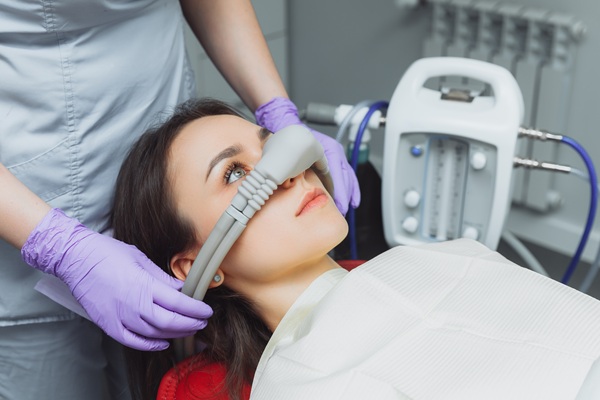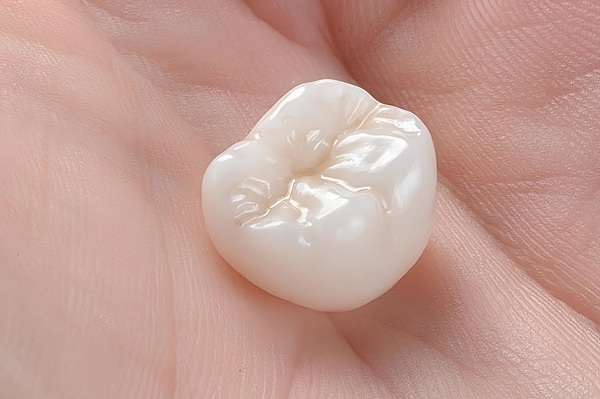We Use Root Canals to Treat Infected Teeth

An infected tooth can be a painful experience for someone and could end up needing a root canal. If the infection was not caught early on, having the issue fixed will be the most significant priority someone has. Not only from the pain of the infection, but other factors could be occurring such as bad breath or a taste in the person's mouth that will not go away.
What is an infected tooth?
Another term for a tooth that is infected is that it has an abscess and can be extremely sensitive. Once it has been determined that there is an abscess, then the procedure to complete the root canal is pretty straight forward.
It is best to ensure that the abscess is completely taken care of so that the root canal can be done. This will ensure that the structure of the tooth can be saved and kept in good condition. The steps to complete the root canal when dealing with an infected abscessed tooth are as follows:
Step 1: Drain the abscess
First, the dentist will have to make a tiny incision into the gum. After doing this, it will allow the dentist to drain the pus from the tooth that is causing the build-up of bacteria and the infection to occur.
Step 2: Perform the root canal
Doing the root canal can help in draining the abscess and be the determining factor of saving the tooth. A dentist completes this by drilling into the tooth and removing the bacteria-filled area. After ensuring that the abscess is drained and clear, the dentist will perform the seal. The seal of a root canal will ensure that no bacteria or other debris gets in the chamber of the tooth which could be painful and cause other issues to arise.
Step 3: After the root canal
After the root canal is done, either a crown or dental filling will be used to help fill and keep the area safe and secure. On some occasions and depending on the state of the tooth and mouth, a dentist may leave the root canal open for a time to help in ensuring the abscess is drained completely.
Typically the dental crown or dental filling is used and is an essential aspect of having a root canal. Because the tooth chamber is exposed during a root canal, ensuring that the area is kept secure and free from the chance of having bacteria beginning to infect the area again is crucial. It is important to have this protection to ensure that the tooth stays healthy and intact and does not need to be extracted.
Have more questions about root canals and infected teeth?
Have more questions about root canals and how they can help with an infected tooth? Give our office a call, and we will gladly answer any additional questions you may have. Contact us today!
Request an appointment here: http://www.marionfamilydentist.com or call Marion Family Dental at (828) 652-6967 for an appointment in our Marion office.
Recent Posts
You may have heard a lot about sedation dentistry recently. It is appealing to many patients, especially those who have fears about dental treatments. Visiting the dentist may not be the most exciting event in your life, but these appointments are important. You should not avoid seeing the dentist because you are worried about the…
Dental crowns are a reliable and durable solution for restoring the appearance and function of damaged teeth. While dental crowns are designed to last years, proper care and maintenance are essential for extending their lifespan. Following practical steps and working closely with your dentist can protect your investment and enjoy a confident smile for years.Maintaining…
Mouth guards and sports go together like flea collars and pets: We do not always need them, but we rest a whole lot easier when we have them. Besides, no responsible coach would allow you to play a contact sport without one. In many sports, mouth guards are now mandatory, and many others where they…
When it comes to replacing missing teeth, implant supported dentures are a great choice. An implant is an artificial tooth root that is often inserted in the jawbone. It is used to hold an artificial tooth in place. All-on-4® dental implants are increasingly being recommended for people who need more than one tooth replacement. Read…


